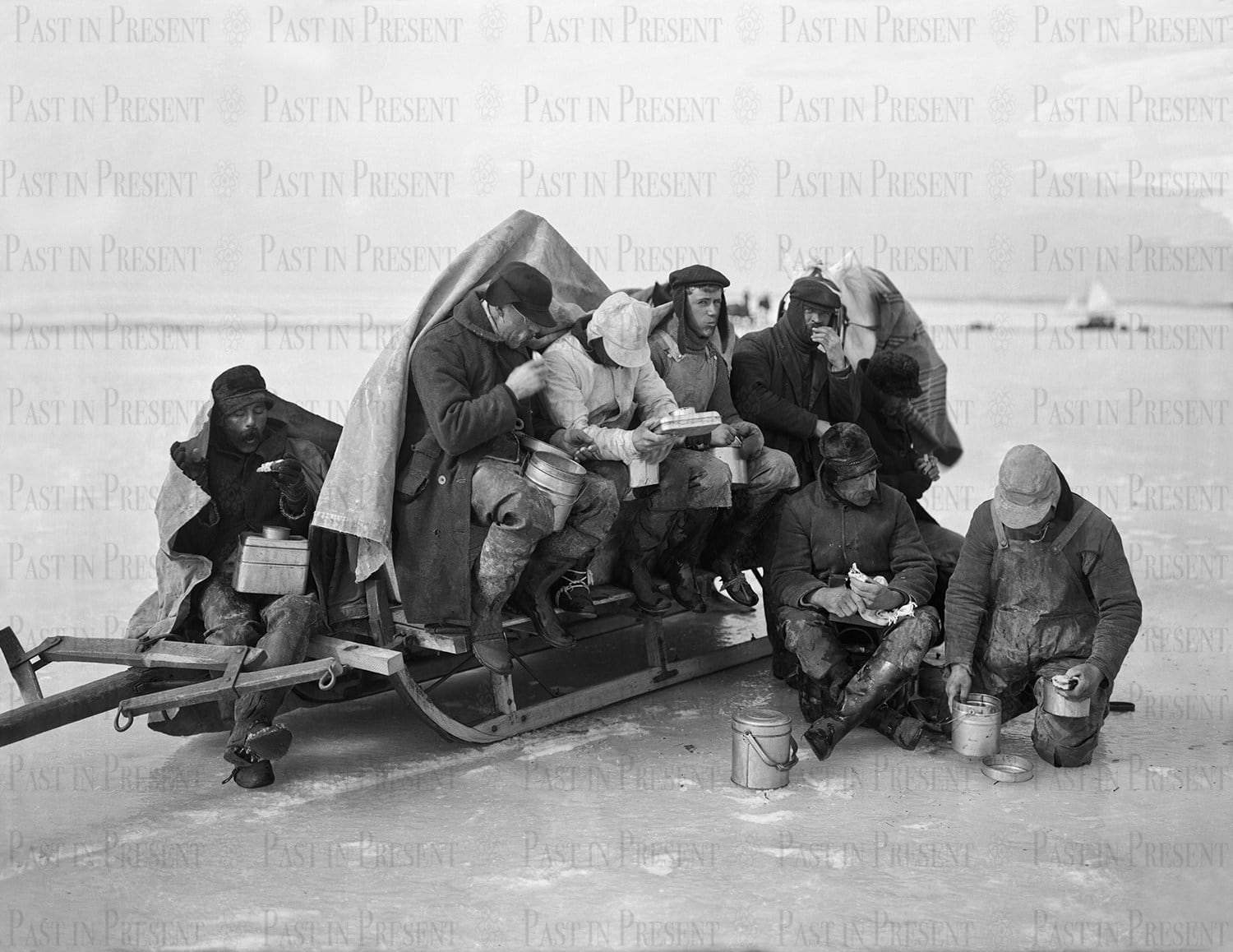 LI Great South Bay Oyster Crew Winter Lunch Break, c.1910s (watermarks do not appear on the actual artwork.)
LI Great South Bay Oyster Crew Winter Lunch Break, c.1910s (watermarks do not appear on the actual artwork.)
 LI Great South Bay Oyster Crew Winter Lunch Break, c.1910s (watermarks do not appear on the actual artwork.)
LI Great South Bay Oyster Crew Winter Lunch Break, c.1910s (watermarks do not appear on the actual artwork.)
 LI Great South Bay Oyster Crew Winter Lunch Break, c.1910s (watermarks do not appear on the actual artwork.)
LI Great South Bay Oyster Crew Winter Lunch Break, c.1910s (watermarks do not appear on the actual artwork.)
 LI Great South Bay Oyster Crew Winter Lunch Break, c.1910s (watermarks do not appear on the actual artwork.)
LI Great South Bay Oyster Crew Winter Lunch Break, c.1910s (watermarks do not appear on the actual artwork.)
 LI Great South Bay Oyster Crew Winter Lunch Break, c.1910s (watermarks do not appear on the actual artwork.)
LI Great South Bay Oyster Crew Winter Lunch Break, c.1910s (watermarks do not appear on the actual artwork.)
 LI Great South Bay Oyster Crew Winter Lunch Break, c.1910s (Original vintage glass camera negative, not for sale, display only.)
LI Great South Bay Oyster Crew Winter Lunch Break, c.1910s (Original vintage glass camera negative, not for sale, display only.)
LI Great South Bay Oyster Crew Winter Lunch Break, c.1910s, c.1910s
Further images
Captured during a biting winter’s day on Long Island’s Great South Bay, this remarkable image preserves a quiet moment in the lives of the oystermen who powered Long Island’s coastal economy in the early 20th century.
Seated on their sled-like oyster sledge, these men pause for a humble lunch amid the frozen expanse, their weatherworn faces reflecting the endurance and camaraderie that defined a generation of bay-men. From the mid-1800s to the early 1900s, the oyster trade was the lifeblood of South Shore communities like Sayville, Patchogue, and Blue Point. At its peak, the bay yielded millions of oysters annually, feeding New York City’s bustling markets and earning the region global fame for its “Blue Point Oysters” — a brand name still legendary today.
Historical Context:
The Great South Bay was one of America’s most prolific shellfish grounds, sustaining thousands of bay-men through every season.
During the harsh winters, crews like the one depicted here would travel by sled over the frozen bay to tend to their oyster beds — often working in subzero temperatures.
The Blue Point Oyster Company, founded nearby in the 1850s, became a cornerstone of Long Island’s maritime identity.
When the bay froze solid in years like 1917 and 1923, entire fleets of workers adapted by dragging their equipment across the ice to ensure the season’s harvest was not lost.
Legacy:
This Fine Art Print stands as a tribute to the grit and ingenuity of the Long Island oystermen, whose work connected rural coastal towns to the heart of New York City dining culture. Their trade not only shaped the region’s economy but also inspired local folklore — tales of frozen harvests, daring rescues, and the pride of generations who lived “by the tides.”
Today, restoration efforts continue in Great South Bay to revive the once-thriving oyster beds that sustained these men and their families










